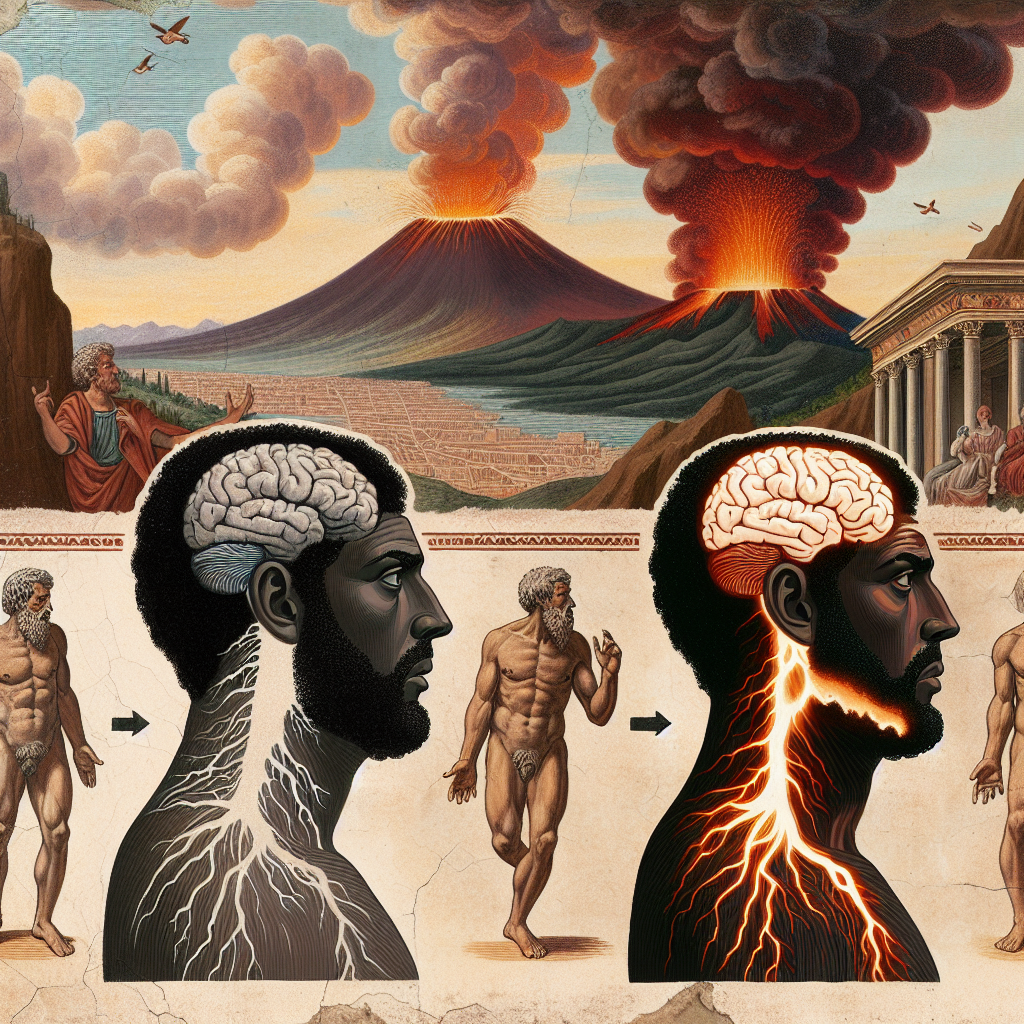The Ancient Vesuvius Eruption That Transformed a Victim’s Brain to Glass
The Ancient Vesuvius Eruption That Transformed a Victim’s Brain to Glass
Introduction
The catastrophic eruption of Mount Vesuvius in 79 AD is renowned for its devastating impact on the Roman cities of Pompeii and Herculaneum. Recent scientific discoveries have unveiled a fascinating and eerie phenomenon: the transformation of a victim’s brain into glass.
The Discovery
Archaeologists and scientists have uncovered a unique case in Herculaneum, where the intense heat from the eruption caused a victim’s brain to vitrify, turning it into glass-like material. This rare occurrence provides new insights into the effects of volcanic eruptions on human remains.
Key Insights
- Vitrification Process: The extreme heat, estimated to have reached up to 500°C (932°F), rapidly incinerated the body, causing the brain tissue to undergo vitrification.
- Preservation of Brain Tissue: The glassy material preserved the brain’s microstructure, offering a unique opportunity for scientific study.
- Scientific Significance: This discovery sheds light on the thermal effects of volcanic eruptions and provides a rare glimpse into ancient human biology.
Implications for Archaeology and Science
The vitrified brain offers a new avenue for research into ancient human remains and the impact of natural disasters. It highlights the potential for further discoveries in other volcanic sites and emphasizes the importance of interdisciplinary collaboration in archaeology and forensic science.
Conclusion
The transformation of a victim’s brain into glass during the Vesuvius eruption is a remarkable testament to the power of nature and the resilience of human remains. This discovery not only enriches our understanding of ancient disasters but also opens new pathways for scientific exploration.





















